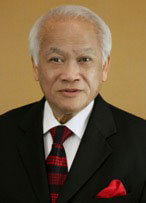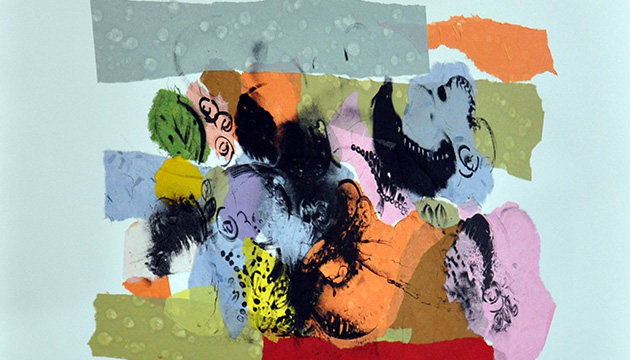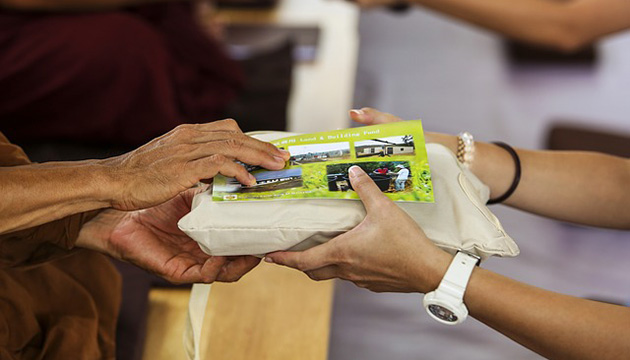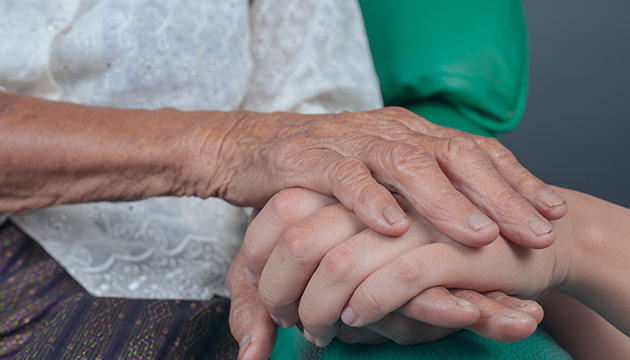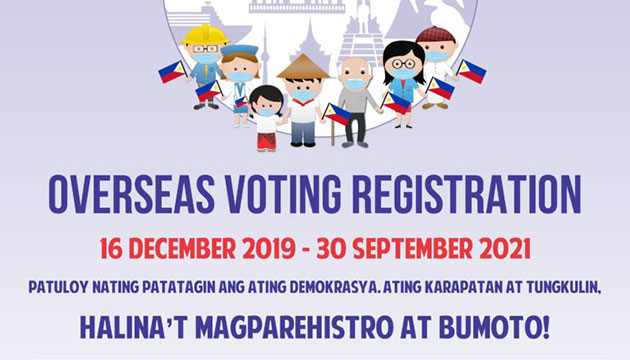[Editor’s Note: In February 2020, CFNet started publishing Dr. Rey Pagtakhan’s Commentary on COVID-19 from his Pilipino Express column, Medisina at Politika.
Now in Part 45 of his running commentary, he has kept the Filipino community and other CFNet readers continually informed about 1) the pandemic and its impact, 2) the scientific advances on drugs and vaccines, 3) the effectiveness of public health measures, including mass vaccination, 4) the danger of misinformation and disinformation, and 5) sound public health policy.]
(Part 45 of Dr. Pagtakhan’s series on Covid-19)
[Editor’s Note: In February 2020, CFNet started publishing Dr. Rey Pagtakhan’s Commentary on COVID-19 from his Pilipino Express column, Medisina at Politika. Now in Part 45 of his running commentary, he has kept the Filipino community and other CFNet readers continually informed about 1) the pandemic and its impact, 2) the scientific advances on drugs and vaccines, 3) the effectiveness of public health measures, including mass vaccination, 4) the danger of misinformation and disinformation, and 5) sound public health policy.]
The preceding month– in three meetings - saw the United Nations World Health Organization (WHO):
a) agree with the conclusion presented by its Emergency Committee on COVID-19that the pandemicstill constitutes a Public Health Emergency of International Concern (PHEIC);
b) identify the areas of work that need attention and completion; and
c) launch its 6-month plan astheglobal community transitions to managing this infectious disease as a long-term public health issue.
COVID-19 was declared a PHEIC almost three years ago on January 30, 2020 and designateda “pandemic” nearly six weeks later on March 11 when the global spread became alarming.
- October 13, 2022 Meeting: At this meeting, the Emergency Committee anchored its advice – keeping the pandemic as a PHEIC - on the following observations:
- although the number of weekly deaths is near the lowest since the pandemic began, the number remains high;
- the perception in communities that the emergency is over and that measures to reduce transmission are no longer needed;
- removal of many public health and social measures ahead of the likely increase in transmission during the winter season may worsen the course of the pandemic;
- the characteristics of future variants and sub-variants cannot be predicted and the potential immune escape could pose challenges to existing vaccines and treatments;
- the current gaps in global surveillance hinder early identification and evaluation of the changes in future variants of concern; and
- inequities in access to COVID-19 vaccines and treatment persist between and within countries.
Three Key Priorities and Basis for Advice
The Committee issued three priority recommendations:(1) strengthen integrated surveillance and achieve vaccination targets for at risk-groups; (2) continue to develop strategies to increase access to affordable therapeutics; and (3) strengthen pandemic preparedness planning.
The rationale for this collective advice is to ensure the following happen:
- the appropriate strategies, systems, and resources are able to detect any adverse change in the behavior of COVID-19;
- the necessary capacity to adopt public health and social measures in response to a new event exists;
- an effective and equitable vaccination program can appropriately protect the global population;
- strategies continue to be developed that increase equitable access to affordable therapeutics; and
- progress towards a robust global pandemic preparedness architecture is maintained.
An Antidote to “Pandemic Fatigue”
Central to the Committee’s advice is the recognition that continued coordination of the globalresponse is a necessity. The implementation of the foregoing recommendations would, to the Committee’s anticipation, create the situation needed to lift the PHEIC designation. The Committee further anticipates that these recommendations will lead to better acceptance of the continuing risk of the disease even in the presence of “community and political pandemic fatigue.”
With nearly three years of this pandemic malady, it is easy to understand why pandemic fatigue has set in. To be informed that the pandemic is unfinished and remains a continuing risk to nations of the world is a piece of news I would rather not share. But it would be a dereliction of civic duty not to do so. Wishful thinking is not a good health advisory. Public health silence could be construed as everything now back to normal. And it is not. At the same time, it is not like the pre-vaccine era.
- October 19, 2022 Meeting: At this meeting, the Director General of WHO Dr. Tedros accepted the Committee’s advice and confirmed the pandemic continues as a global public health emergency and highlighted the areas of work that need greater attention and completion.
Work Yet Unfinished – How Do We Know?
- Vaccination rates:There are still wide disparities in vaccination rates. While almost two-thirds of the world’s population has completed a primary course of vaccination, three-quarters of people in low-income countries are yet to receive a single dose;
- Measures to limit spread:Most countries no longer have measures in place to limit the spread of the virus;
- Surveillance, testing, and sequencing capacities:Most countries have reduced surveillance drastically, while testing and sequencing rates are also much lower. This makes it difficult to monitorand quickly identify future variants;
- Using available tools:Most countries are not using all the tools at their disposal – surveillance, testing, and sequencing capacities; and
- Increase in COVID-19 cases:Several countries in North America and Europe are now reporting an increase in COVID-19 cases, hospitalizations and deaths and could be expected given the winter season when peoplein the northern hemisphere spend more time together inside – an environment conducive to an increase in transmission of the virus.
- Gaps in access to diagnostics and therapeuticsUnacceptable gaps in access to diagnostics, antivirals, and treatment for all still exist.
- October 28, 2222 Meeting:As if on cue, this meetingmore specifically is about the Access to COVID-19 Tools (ACT) Accelerator’s plan for the next six months, “setting out how, as a partnership of global health agencies working alongside government, civil society and other partners, it will support countries as the world transitions to long-term COVID-19 control.” The Accelerator is “a global collaboration to accelerate development, production, and equitable access to COVID-19 tests, treatments, and vaccines.”Said Sir Jeremy Farrar, Director of Wellcome: “It’s now almost three years since Covid-19 was first discovered and no one can say for certain what will happen next. What we do know is that we can’t afford to be complacent.
Summary with a Canadian Perspective
Indeed, the pandemic is not over. It poses a continuing threat to nations of the world and calls for continued precautions and vigilance.
The current risk to North America, Canada included, is not as much because of the magnitude of our vaccinated population, but still real particularly during the winter months ahead. Already, we have seen upward trends in cases since the start of October. While about 80% of Canadians have had a primary series of the vaccine – the good news – less than 20% have had a booster dose.
The bivalent booster vaccineprotects against the original strain of the coronavirus as well as the BA.4 and BA.5 subvariants and the newer “scrabble variants” [the colloquial terminology given by Dr. Peter Hotez, director of the Center for Vaccine Development at Texas Children’s Hospital, because the newest Omicron sub-variants use letters that get high scores in the board game like Q, X and B, which are trending towards dominance in the U.S.]This would be one continuing campaign to keep the country on track to reach the finish line.
Other considerations include improving Canada’s indoor air quality and enhancing indoor mask use, especially with the N95 mask. Recall that spread of the virus is dominantly airborne, contrary to the earlier belief.
With updated COVID-19 booster dose, indoor use of N95 masks and increasingly improved indoor air ventilation, we can keep Canada on track to the finish line. Coupled with the due attention envisioned for the greater part of the world as discussed above, Covid-19 can be tamed indefinitely.
Postscript from the Philippines
CNN Philippines reported recently (October 7, 2022) all current COVID-19 vaccines are effective against severe effects of the Omicron variant such as severe illness, hospitalization, and death, according to the assessment of 22 independent infectious diseases experts. Using the Johns Hopkins Bloomberg School of Public Health’s newHub database, the assessment “covers more than 50 real-world studies of vaccine effectiveness against COVID-19.”



